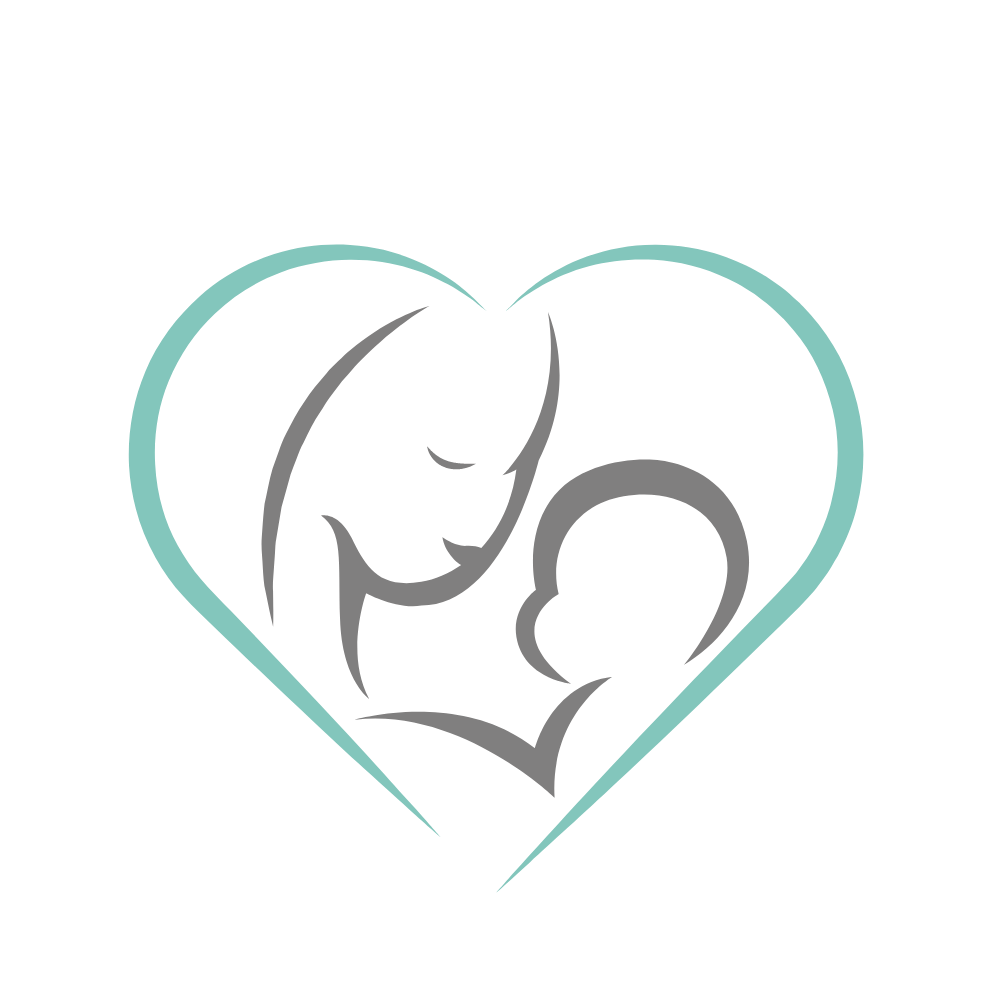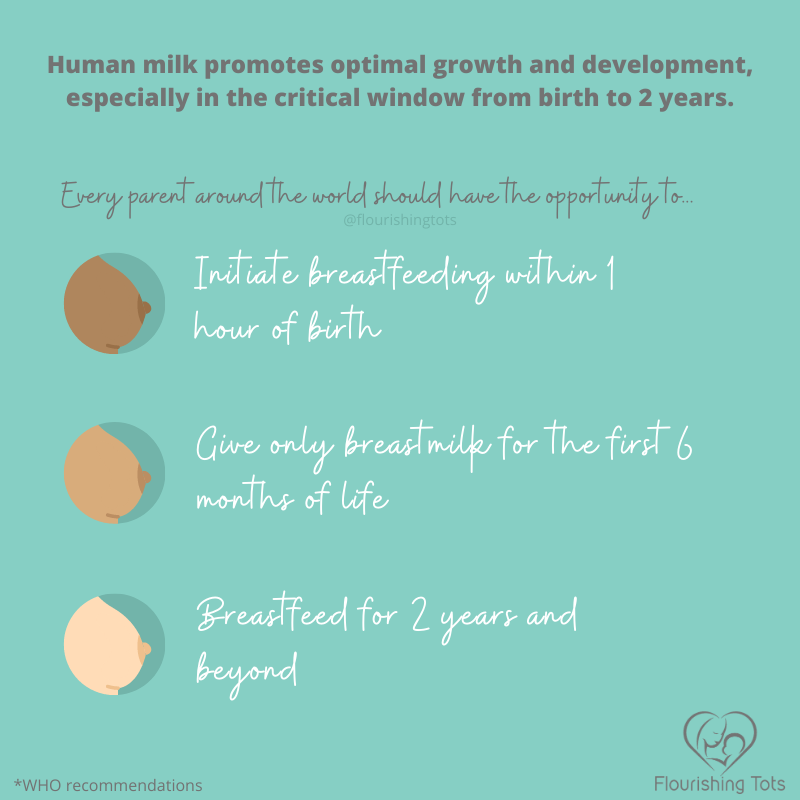WBW Day 4
Worldwide, only 44% of babies are given only human milk from 0-6 months. We have the worst species-specific milk feeding rates of all mammals! The World Health Organization's (WHO) goal is to increase the exclusive human milk feeding rate to 50% worldwide by 2025. They want half of all human babies to receive only human milk for 6 mo.
WHY does human milk matter?
Why does WHO care about breastfeeding/chestfeeding rates? Because suboptimal rates from age 0-23 months contributes to 820,000 child deaths (0-5 yrs) every year. Human milk literally saves lives.
The first 2 years of a child’s life are particularly important, as suboptimal nutrition during this period increases morbidity and mortality, increases the risk of chronic disease (obesity, asthma), and negatively impacts overall development.
How Can We increase rates?
First we need more breastfeeding knowledge to be shared with the people. We need our governments (particularly the U.S.) to support parents who breastfeed/chestfeed and give them paid time off to establish a lactating relationship. We need a societal shift that encourages latching in public so our kids see how babies eat. We need formal education to include lactation as a normal part of growth and development. We need people of all ages to learn how human milk affects our lives.
At the time of birth, babies need to latch within an hour of birth. Biologically we know mammals need to do this. Humans are mammals.
To promote immunity and good gut health, babies need to be given only human milk for the first 6 months of life. And then they need to continue receiving human milk until at least age 2 to maximize the health benefits (for parent and baby).
Not drinking human milk is a health risk to the baby but also to the parent.
Did you know…
If 90% of WIC families were supported to breastfeeding/chestfeed exclusively for 6 mo, the United States would save $9.1 billion per year.
Five billion of that would be health savings from a reduction in maternal diseases such as ovarian and breast cancer, heart disease and diabetes. The longer a parent lactates, the more their body protects them.
Worldwide we could save $300 billion annually.
Now what?
So what do we do?
Normalize breastfeeding/chestfeeding and lactation.
Teach our kids that babies latch. Let them see how it’s done. I promise you won’t damage their brain.
Normalize bodies.
Demand change from the government and society (see my WBW Day 3 blog post for info on how the government can step up).
We can increase our human milk feeding rates but we have to work together. Human lactation benefits all of us.
*If you compare this info to my IG post, they don’t match. In my IG post I used data from this graphic which is based off of info from 2018. The numbers in this blog post are from 2020. Of note: in 2018 it was estimated that 800,000 lives could be saved; in 2020, it increased by 20,000.

